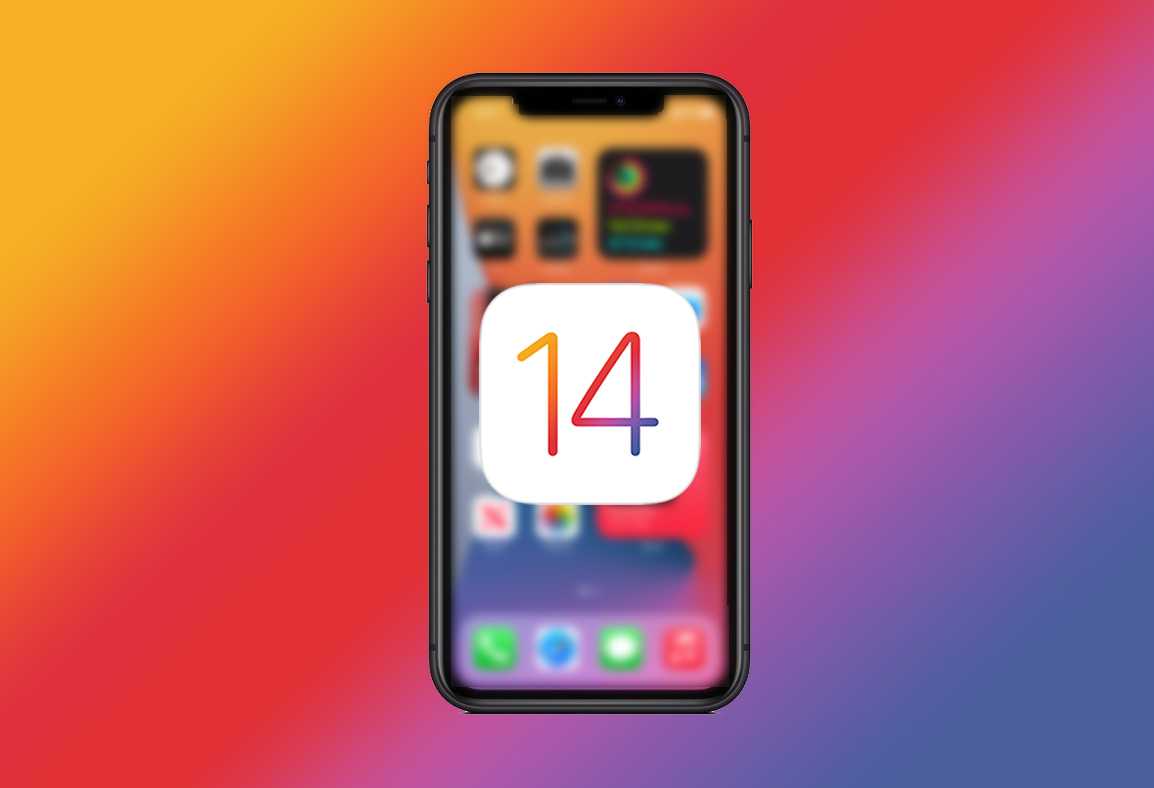In this tutorial I’ll explain how to install iOS 14 on your iPhone and enjoy the latest news from the house of the bitten apple
iOS 14 is the latest version of the OS of the Cupertino house, available starting from 16 September 2020.
Updating your iPhone to the latest version of iOS available is a rather simple operation, which does not require a lot of time and can also be done by less experienced users.
Before going into detail and showing you the steps for the update, I will briefly illustrate the news of this 14th major release of iOS and the list of compatible devices.
What’s new in iOS 14
iOS 14 brings several very interesting changes, starting with a more intuitive look, moving on to several new functions, to end with a greater attention to privacy and personal data.
The latest update from the Cupertino house reimagines the iPhone experience, introducing a major Home screen update with beautiful redesigned widgets and the App Library, new ways to use apps with App Clips, and powerful Messages updates.
Among the most important innovations we find
- pages redesigned for the Home screen
- new compact design for calls and Siri
- new ways to discover and use apps with App Clips
- important updates for Messages
- green travel and new guides in Maps
- superior transparency and control with enhanced privacy features
- listening experience optimized for AirPods
IOS 14 compatible devices
All devices with iOS 13 are compatible with iOS 14. Below is the complete list:
- iPhone 12
- iPhone 12 Pro, iPhone 12 Pro Max e iPhone 12 Mini
- iPhone 11
- iPhone 11 Pro e iPhone 11 Pro Max
- iPhone XS e iPhone XS Max
- iPhone XR
- iPhone X
- iPhone 8 e iPhone 8 Plus
- iPhone 7 e iPhone 7 Plus
- iPhone 6s e iPhone 6s Plus
- iPhone SE (1st generation) and iPhone SE (2nd generation)
- iPod touch (7th generation)
How to backup iPhone
As always, before carrying out a major update like this I advise you to make a backup, in order to have your data safe in case something goes wrong during the update process.
How to backup with iCloud
To manually back up to iCloud:
- connect the iPhone to one rete Wi-Fi
- go up Settings -> [il tuo nome] -> iCloud
- tap su Backup iCloud
- choose Back up now. Keep connected to the Wi-Fi network until the procedure is complete
- to check the progress and verify the backup is complete:
- go up Settings -> [nome utente] > iCloud -> iCloud Backup -> Under Back Up Now, you will see the date and time of the last backup
If you prefer automatically backup daily on your iCloud account:
- make sure you:
- connect the device to a power source
- be connected to a Wi-Fi network
- lock the screen
- have enough free space on iCloud to backup
- go up Settings -> [il tuo nome] -> iCloud -> Backup iCloud and make sure that iCloud Backup is turned on
How to back up with your computer
If you want to save the backup locally instead of to the cloud, you can use iTunes on your Mac or Windows PC to make a copy of all your data.
Back up iPhone to Mac
- connect iPhone to PC via USB
- your Mac with macOS Catalina 10.15, open Finder
- your Mac with macOS Mojave 10.14 or earlier, open iTunes
- if a message asks for your device passcode or if you want to authorize your computer, follow the on-screen instructions
- locate your iPhone on Mac
- click Back up now
- if you want to save the Health and Activity data of your device or Apple Watch, you need to encrypt the backup by checking the box Backup encryption [dispositivo] e creating a password
- if you don’t want to save your Health and Activity data, you can create an unencrypted backup
Back up iPhone via iTunes on Windows
- connect iPhone to PC via USB
- open iTunes
- Click on iPhone button at the top of the iTunes window
- choose Summary -> Backup -> Back Up Now
- if you wish encryption backup, select Local backup encryption -> enter a password -> Set password
- to view the backups stored on your computer, choose Edit -> Preferences -> Devices
- encrypted backups have a lock icon in the list
How to install iOS 14
Update the iPhone wirelessly
If you get a notification that an update is available, tap Install now.
To manually check for a new update and install it:
- Plug the iPhone into power and connect it to the internet via Wi-Fi
- go up Settings -> General -> Software Update
- choose Download and install
- If prompted to temporarily remove apps as iOS needs more space to update, tap Keep it going O Cancel. Later iOS will install the removed apps again
- choose Install to update immediately
- click After -> Install tonight O Remind me later, to install the update at a later time
- if prompted, enter the code
Update iPhone on Mac
- connect iPhone to PC via USB
- your Mac with macOS Catalina 10.15, open Finderyour Mac with macOS Mojave 10.14 or earlier, open iTunes
- locate your iPhone on Mac
- click General (or Settings) -> Check for updates -> Download and update
- if prompted, enter the code
Perform a clean installation using your PC
Through this procedure you can remove all the data on the iPhone and install iOS 14 from scratch, as if your smartphone had just come out of the box.
IMPORTANT: this operation will erase all data on the device. Make a backup before proceeding if you want to recover your old data.
- go up Settings -> Find My -> Find My [dispositivo] -> turn off Find My [dispositivo]
- connect iPhone to PC via USB
- your Mac with macOS Catalina 10.15, open Finder
- your Mac with macOS Mojave 10.14 or earlier or Windows 10, open iTunes
- choose Authorize when the prompt appears to connect the iPhone to the PC via USB
- click Ripristina iPhone… -> complete the wizard
The article How to install iOS 14 comes from TechGameWorld.com.














